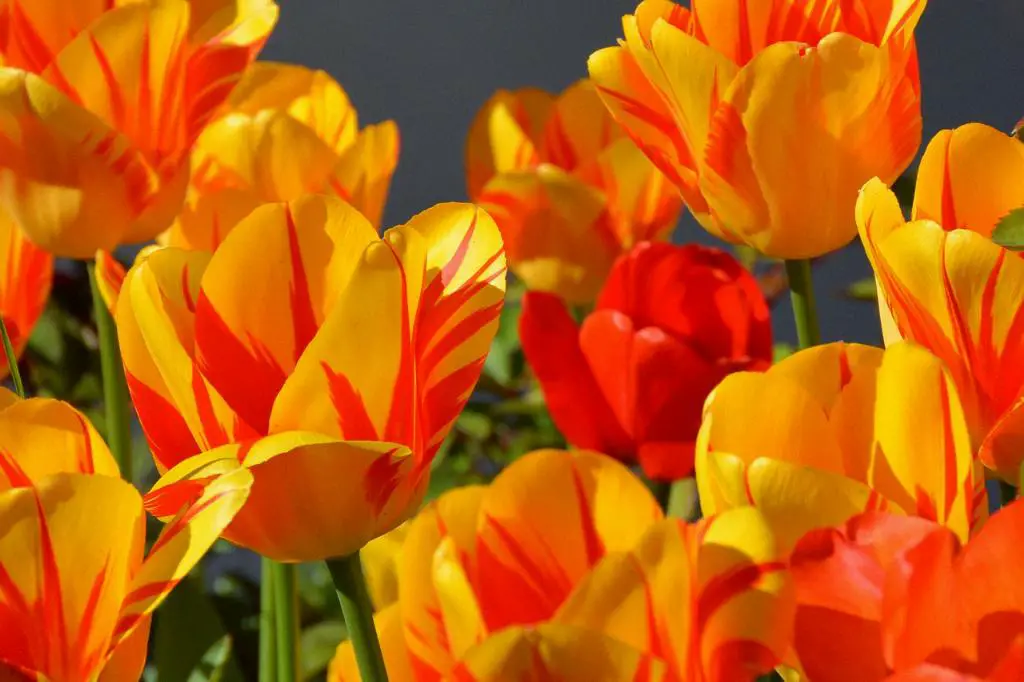When it comes to enhancing your natural pond, one of the most crucial aspects to consider is the inclusion of various plant species. Plants play a significant role in maintaining the overall health and balance of your pond ecosystem. Not only do they contribute to the aesthetics of your pond, but they also serve essential functions in regulating water quality and providing habitats for various aquatic organisms.
Submerged Plants for Oxygenation
For those looking to improve oxygen levels in their natural pond, incorporating submerged plants is highly recommended. Submerged plants play a vital role in oxygenating the water, which is essential for maintaining proper water parameters. These plants release oxygen during photosynthesis, helping to create a healthier environment for aquatic life.
Floating Plants for Shade and Protection
Adding floating plants to your natural pond not only enhances its visual appeal but also offers functional benefits. Floating plants provide shade, which helps to regulate water temperature and reduce algae growth. Additionally, they offer protection for fish and other aquatic inhabitants, creating a safe and sheltered environment.
Marginal Plants for Filtration
Marginal plants are another excellent addition to natural ponds, particularly for their filtration properties. These plants help to absorb excess nutrients from the water, which can otherwise lead to algae problems. By incorporating marginal plants along the edges of your pond, you can improve water quality and clarity.
Aquatic Grasses for Aesthetic Appeal
Aquatic grasses not only add a touch of natural beauty to your pond but also serve practical purposes. These grasses help to stabilize the shoreline, prevent erosion, and provide valuable habitat for wildlife. Furthermore, aquatic grasses play a role in nutrient uptake, contributing to the overall health of your pond ecosystem.
Water Lilies for Beauty and Functionality
Water lilies are a popular choice for natural pond enthusiasts due to their stunning blooms and functional benefits. These plants not only add visual appeal to your pond but also provide shade, shelter, and oxygenation. Water lilies come in a variety of colors and sizes, making them a versatile option for enhancing your pond.
Care and Maintenance of Pond Plants
While adding plant life to your natural pond can offer numerous benefits, it is essential to provide proper care and maintenance to ensure their health and longevity. Regular pruning, removal of dead foliage, and monitoring water quality are crucial tasks to keep your pond plants thriving. Additionally, supplementing with plant fertilizer can help promote growth and vitality.
Choosing the Right Plants for Your Pond
When selecting plants for your natural pond, it is essential to consider factors such as sunlight exposure, water depth, and overall pond size. Different plant species have varying requirements, so be sure to choose plants that are well-suited to your pond’s specific conditions. Researching plant options and seeking advice from experts can help you make informed decisions.
Creating a Diverse Plant Community
While focusing on individual plant species is essential, creating a diverse plant community in your natural pond can yield even greater benefits. By incorporating a variety of plants with different growth habits and functions, you can enhance the overall biodiversity of your pond and create a more balanced ecosystem.
Benefits of Plant Diversity in Ponds
The presence of a diverse plant community in your natural pond offers numerous advantages, including improved water quality, enhanced habitat for aquatic organisms, and heightened aesthetic appeal. Different plant species contribute unique qualities to the ecosystem, creating a harmonious and thriving environment.
Seeking Professional Guidance
If you are unsure about which plants to incorporate into your natural pond or how to care for them effectively, consider seeking guidance from pond professionals or horticultural experts. These individuals can provide valuable insights and recommendations tailored to your pond’s specific needs, helping you create a flourishing and beautiful aquatic environment.
Enjoying the Benefits of a Well-Planted Pond
By investing time and effort into selecting and maintaining the right plant species for your natural pond, you can reap a multitude of benefits for both your pond ecosystem and your enjoyment as a pond enthusiast. Watching your aquatic garden flourish, observing wildlife interactions, and experiencing the overall tranquility of a well-planted pond are truly rewarding experiences.

